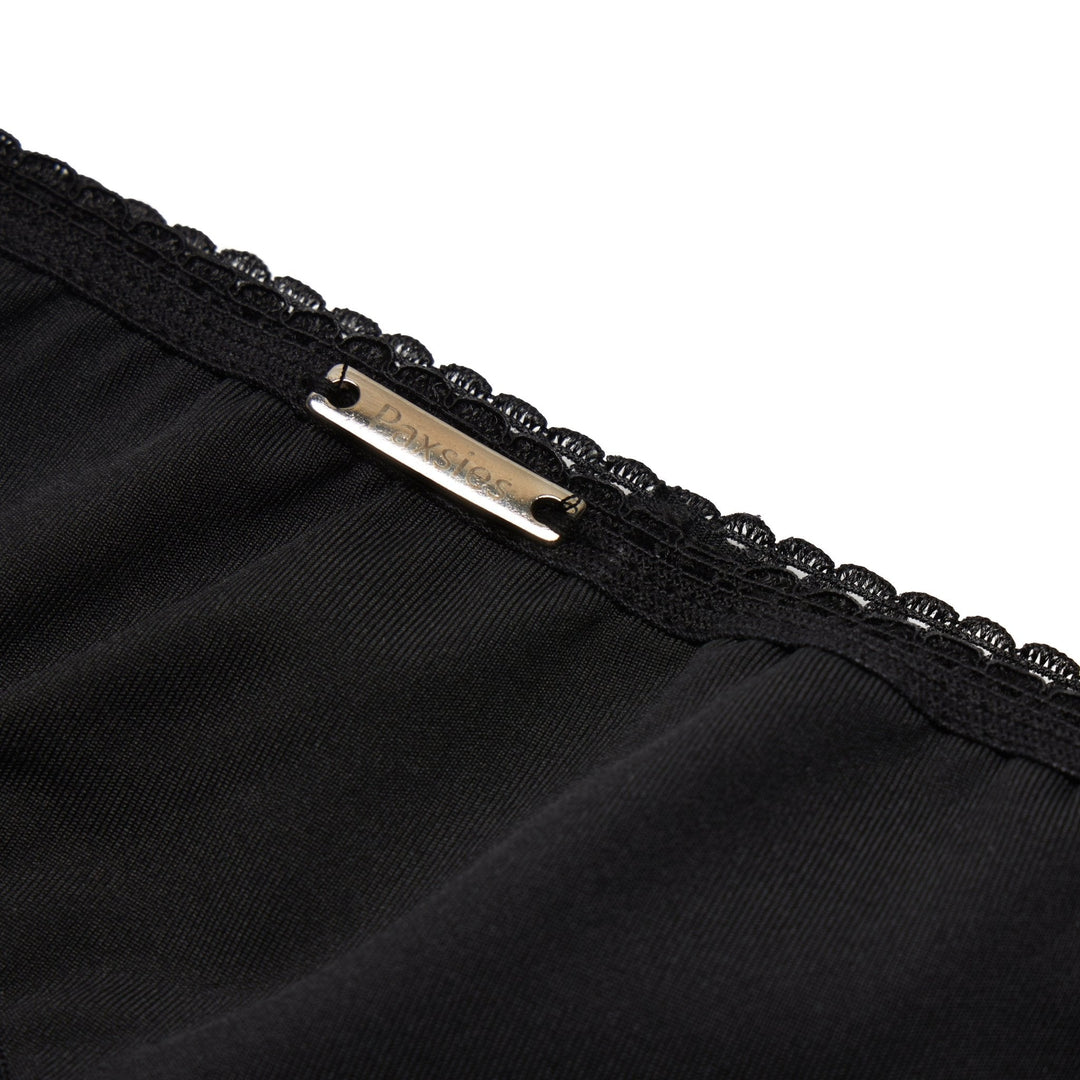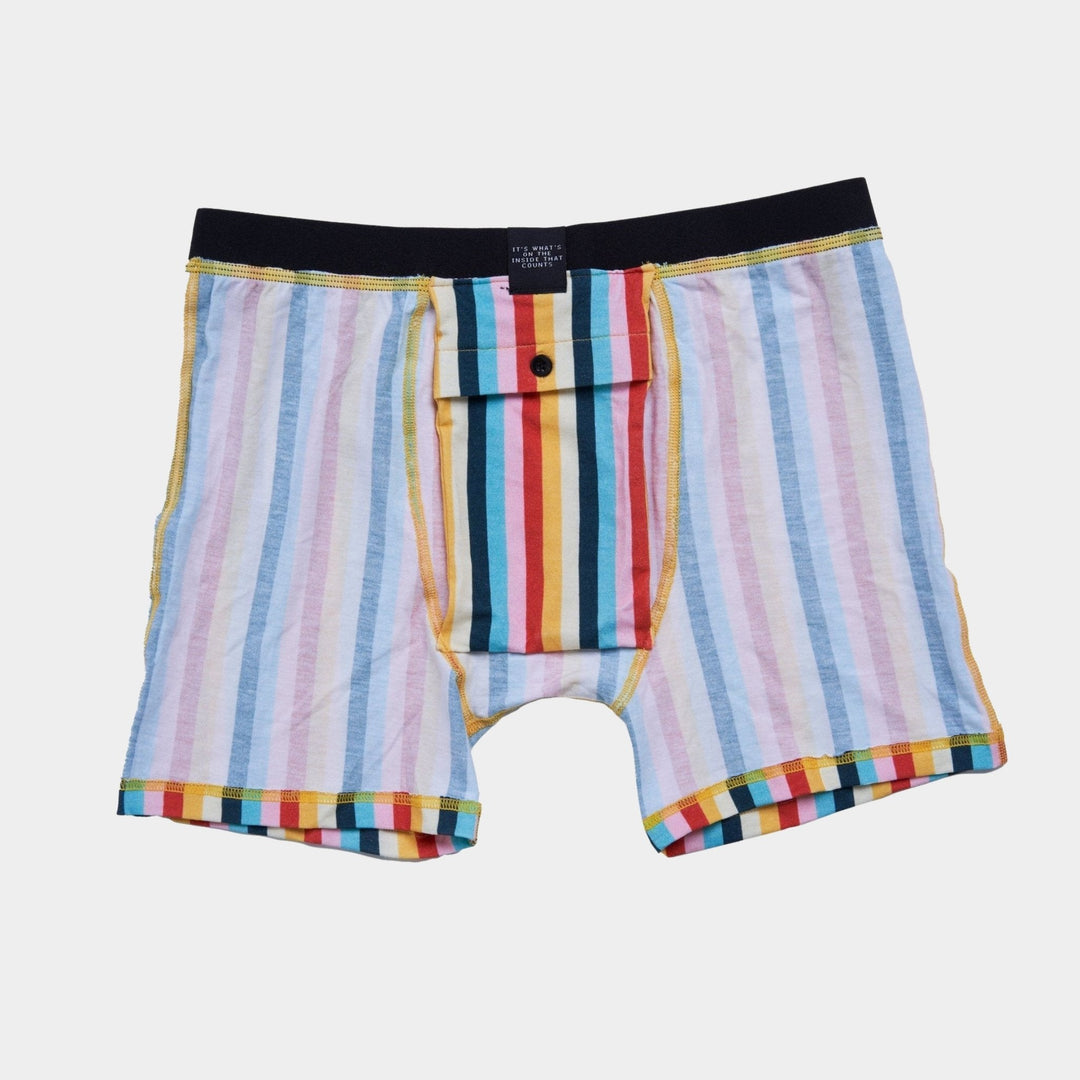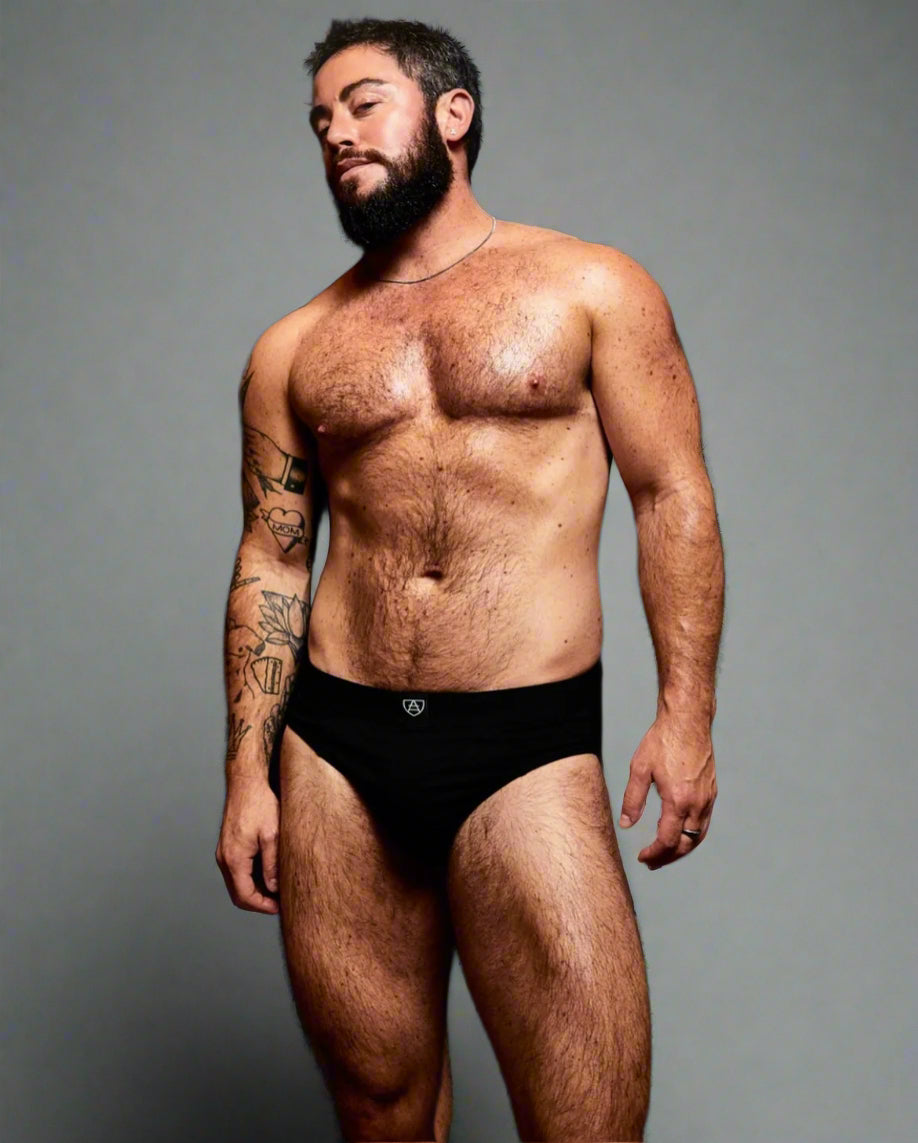What's The Big Deal With Stonewall Anyway?
As we enter June and prepare to celebrate Pride Month, it’s important to look back at the history of Pride. The Stonewall Uprising is often credited as the start of the modern Western LGBTQ+ rights campaign (particularly in the USA) and remains a hugely influential event to this day. But while many people know the name of Stonewall, not everyone knows the story. In this post, we’ll cover the key facts – the social context, what exactly the Stonewall Inn was, how did the uprising start, and why was it so important anyway? – so you can enjoy Pride Month knowing you’re a part of something that started over 50 years ago.
What Led to the Stonewall Riots?
NYC in the 60's - When 'Be Gay, Do Crime' Wasn't Just A Fun Meme
It’s an understatement to say the 50’s and 60’s were not a good time for queer people in America. Queer people were considered a threat to the stability many wanted after the social upheaval World War II caused. They were also considered a liability to the government for being susceptible to blackmail and emotionally unstable, leading to thousands of people suspected to be queer being fired or discharged from the military and federal positions. In 1952, homosexuality was added to the Diagnostic and Statistical Manual (DSM) as a mental disorder, further ‘legitimising’ the idea that there was something wrong with being gay. Wearing the ‘wrong’ gender clothes, dancing close to same-sex partners, and public displays of homosexuality were all cause for arrest and harassment.
This persecution kept the LGBT community underground, but some areas like Greenwich Village in Manhattan became home to a large LGBT population after World War I, and attracted liberals, poets, and more LGBT people looking for community.
The prohibition laws of the time meant that even though homosexual behaviour in businesses was outlawed, there were a lot of speakeasies that LGBT could visit that the authorities were unable to police consistently. And one such place was the Stonewall Inn.
The Mafia Family Behind The Bar - 'Do Crime, Exploit The Gays'
The Stonewall Inn, like most gay bars in the 60’s, was run by the mafia, specifically the Genovese crime family. They bought the bar in 1966 and converted it from a heterosexual restaurant/nightclub into one of the most infamous gay bars in NYC. This wasn’t out of any altruistic support of the LGBT community though, instead the mafia sensed the opportunity for profit in exploiting the LGBT people of the village. They were able to pay off the police so they could be warned about raids, and also blackmailed wealthy, closeted clients.
The Stonewall Inn was able to operate because it pretended to be an exclusive ‘bottle club’ that required customers to bring their own alcohol and sign their (usually fake) names in a book on entry. In reality, the bar served watered down drinks in dirty glasses, and homeless young men from the area would try get in to have somewhere to sleep. The bouncers would only allow in people they knew or people who would look gay enough, and kept an eye out for the police. If the police were spotted, the lights would turn on and everyone would have to stop touching or dancing. Dancing was a huge draw of the bar, as it was the only place in the city that allowed same sex couples to dance together.
The visitors were mostly gay and bi young men, but some lesbians and 'street queens,' (drag queens or trans women) were allowed in as well.
You can read more about mob involvement with the LGBT scene in NYC here.
When were the Stonewall Riots?
June 28th 1969 - The Night Everything Changed
Raids on gay bars were common, but usually the Stonewall Inn would be tipped off. On 28th June 1969, they weren’t. When the police entered the bar and tried to line up patrons, check their identification, and strip people in female clothing to verify their sex, the patrons didn’t cooperate. The police tried to take everyone to the police station (while assaulting some of the lesbians while frisking them) but while waiting outside for the police wagon a crowd began to form. Up to 150 people gathered, drawn by the commotion, and began antagonising the police.
Who Started the Stonewall Riots?
First, the police escorted the arrested Mafia members into the wagon and the crowd began cheering, shouting ‘Gay power!’ and singing “We Shall Overcome.” A butch woman, reported by some to be drag king Stormé DeLarverie (known as “the guardian of lesbians in the Village,” was struck on the head with a baton and shouted to the crowd “Why don’t you guys do something?” The crowd began to throw things and attack the police, sparking the uprising that would last for 5 days.
There is only one known photograph of the first night of the riots (which can't be included here for copyright reasons, but you can see it here) and it can be hard to know exactly what happened, especially with even eye-witnesses giving sometimes conflicting reports. But the riots quickly escalated, attracting not just the LGBT community of the village but the homeless youth and anti-war protestors who were also victims of police brutality. Graffiti declaring ‘Gay Power,’ and ‘Drag power,’ was painted all over the village. Drag queens antagonised the police with kick lines and singing but also fighting back. Marsha P Johnson famously climbed a streetlamp and dropped her heavy bag onto a police car. When the police tried to capture demonstrators, the crowd recaptured them. The battles continued for several nights and for many was an inspiring event – for the first time, many people saw that the LGBT community could organise against oppressors and win.
What Happened After The Stonewall Riots?
The Aftermath - 'Do You Think Homosexuals Are Revolting? You Bet Your Sweet Ass We Are!'
One thing to come out of the uprising was the desire for LGBT bars owned by LGBT people for the LGBT community. The uprising was against the mafia involvement in the LGBT scene as well as against police oppression. The interior of the Stonewall Inn was entirely destroyed in the riots, forcing it to close a fwe weeks later, and it’s unclear whether this was the protestors or the police.
The riots inspired many people to attend or start organised LGBT rights groups and seize the opportunity for change. Previous gay rights groups had been very moderate, believing in assimilation to heterosexual society, and many activists were concerns about the riots (and their association with organised crime, prostitution, drag, and transgender people) damaging their efforts. But after the Stonewall Uprisings, many people felt empowered to take a more radical stance.
The Mattachine Society had existed to advocate for homosexual rights since the 1950s, but many of the newly attracted activists found their methods and goals too mild. A new group was set up called the Gay Liberation Front, the first organisation to use the word ‘gay’ in the name. They announced their existence through a flyer announcing “Do you think homosexuals are revolting? You bet your sweet ass we are!” The GLF was more militant than the Mattachine Society and borrowed tactics from other causes they aligned themselves with such as the Black Panthers and antiwar demonstrators.
Several months later, a section of the GLF split off to form the Gay Activists Alliance focused more narrowly on gay issues. They used zap tactics to confront and publicly embarrass politicians into acknowledging gay and lesbian rights.
A year later, Christopher Street Liberation Day was held on June 28th 1970 to mark the first anniversary of Stonewall and was the first Pride marches in the USA. The slogan ‘Pride’ was chosen rather than the previously popular ‘Gay Power,’ slogan because it was felt even though the LGBT community didn’t hold much true power, the one thing they could always have was pride.
What Was The Legacy of The Stonewall Uprisings?
Over 50 years after Stonewall, Pride parades take place around the world. Many have become a lively celebration but there is a protest element to many as well, particularly in places where LGBTQ acceptance is still low. Most Pride events also include some remembrance to victims of AIDS or anti-LGBT violence.
Pride remains controversial from both within and without the LGBTQ+ community. Arguments against it include deepening the divide between queer and non-queer people, the commercialisation of Pride, and police presence at these events, especially considering police violence against queer people is still high. But many people also enjoy the celebration of queer identities and find it important to make sure the LGBTQ+ community is visible. Pride can often be people’s first exposure to other queer people. And with events like the São Paulo Gay Pride Parade in Brazil attracting up to 5 million attendees, the popularity of Pride doesn’t seem to be going away anytime soon.
Don’t forget to sign up to our newsletter to hear all about what Paxsies will be doing during Pride month, read all our new blog posts, and get a 10% off coupon for all items!








